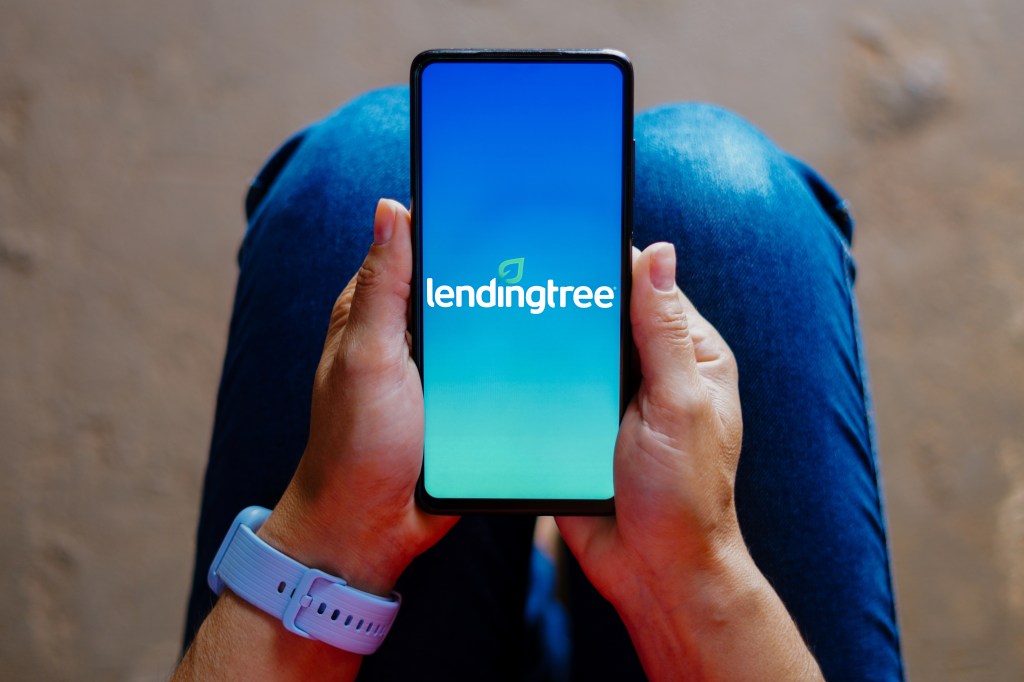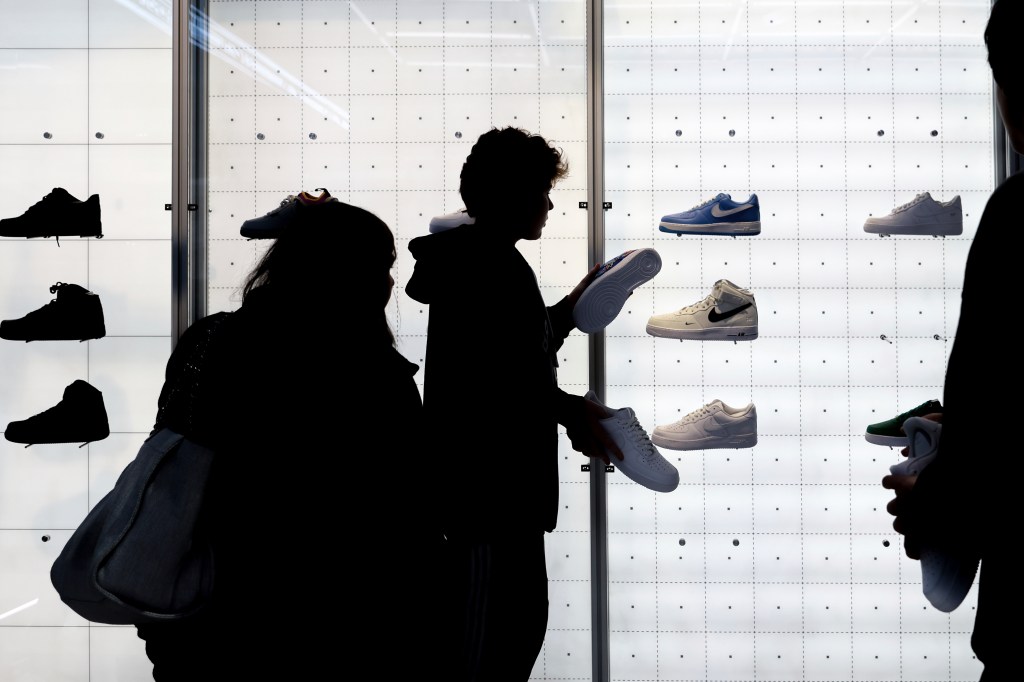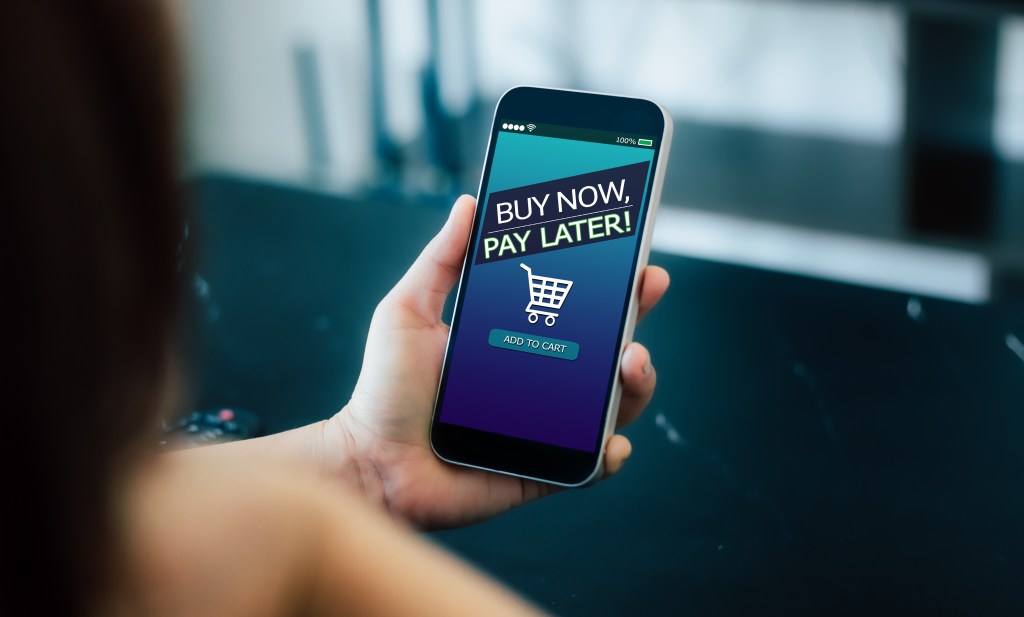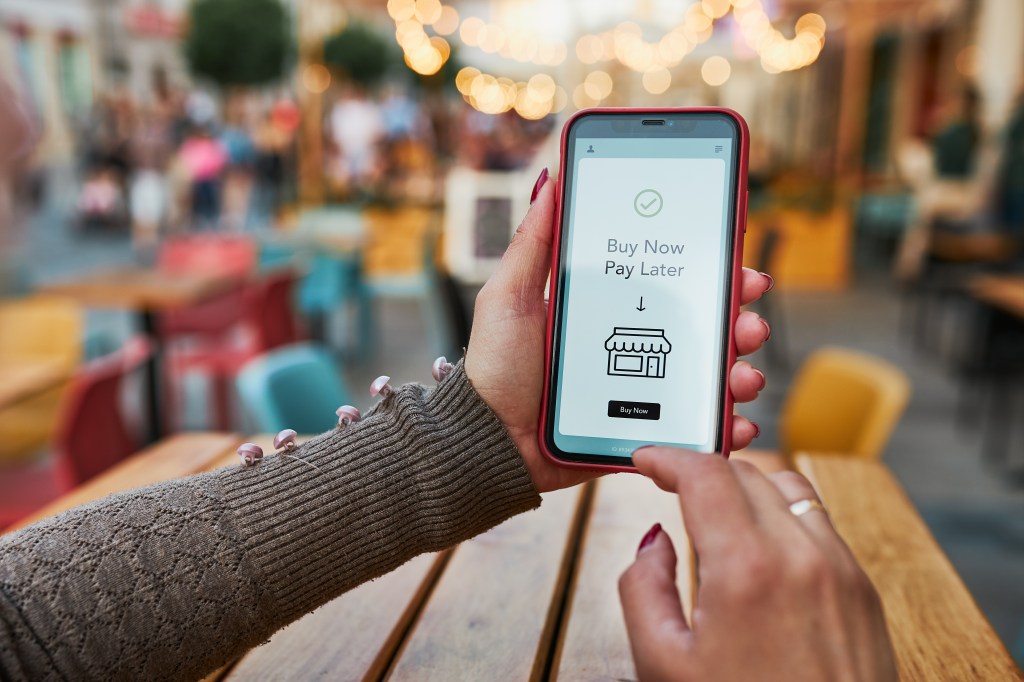More Klarna customers have trouble paying their loans “buy now, pay later,” said the short -term lender this week. The outreach corresponded to the reports of the Bankrate and Lendingree loans platforms, which cited a growing share of all users of “buying now, paying later” who said they had been left behind in payments.
Some analysts say that late or lost quotas are a sign of financial health failure between a segment of the North -American population, as the total debt of the nation’s consumer increases to a record of $ 18.2 trillion and the Trump administration moves to collect federal student loans.
Buyers who choose to finance purchases through BNPL services are usually younger than the average consumer, and a study of the Federal Reserve last year said that black and Hispanic women were especially likely to use plans, which clients of all income levels adopt more and more.
“Although BNPL provides credit to economically vulnerable consumers, these same consumers can be overex with,” wrote the authors of the Federal Reserve study. “This concern is consistent with previous investigations that have shown that consumers spend more when BNPL is offered when reviewing and the use of BnPL leads to an increase in download rates and payments and fees of interest on the credit card.”
As Klarna grows its base and revenue base, the Swedish company said that its credit loss to the consumer in the first quarter increased by 17% compared to the January period last year, to $ 136 million.
A company spokesman said in a statement that the increase greatly reflected the highest number of loans that Klarna made year after year. The percentage of its global loans that was not paid in the first quarter went from 0.51% by 2024 to 0.54% this year and the company does not see “any sign of a north -American consumer,” he said.
More consumers use “buy now, pay later”
Buy now, subsequent payment plans generally allow consumers to split payments from purchases into four or fewer installments, often with an initial payment in the box. Loans are usually marketed as zero interest and most require a credit check or soft credit control.

BnPl suppliers promote plans as a more secure alternative to traditional credit cards when interest rates are high. The popularity of the deferred payment plans and the ways in which clients can use them have also caused public attention.
When Klarna announced a collaboration with DOORDASH in March, the news caused online comments over the North -Americans to get loans to buy food. Similar skepticism arose when Billboard revealed that more than half of Coachella’s attendees used quota plans to fund their tickets at the Music Festival.
A report from Abril de Lendingree said that about four out of ten Buy Now users, Pay Preser Plans said they had made late payments over the past year, up to one in three last year. According to a Bankrate May report, approximately one in four loans chose them because they were easier to achieve than traditional credit cards.

The six largest bnpl – AFFIRT, AFTERPAY, KLARNA, PAYPAL, SOZZLE and ZIP suppliers – originated about 277.3 million loans for $ 33.8 billion in freight in 2022, or an amount equal to about 1% of the credit card expense that year, according to the consumer’s financial protection burea.
An industry under less regulatory scrutiny
The Federal Agency said that this month he did not intend to enforce a regulation of the Biden era designed to put more limits on fintech lenders.
The rule treated payment loans, such as traditional credit cards under the Loan Law, which require dissemination, reimbursement processing, a formal process of disputes and other protections.
The regulation, which came into force last year, also prevented the borrowers from being forced to pay automatic or collected with multiple rates for the same lost payment.
Trump’s administration said that his decision not to become was “in the interest of focusing resources for supporting workers’ taxpayers” and that “he would maintain the application and supervision resources focused on pressing threats for consumers, particularly on services and veterans.”

Consumers’ proponents maintain that without federal supervision, customers who are looking for returns or the search for clear information on BNPL fees structures and interest rates will have less legal resource.
There is risks to hire quota loans
Industry vigilantes indicate consumers who take loans that cannot afford to pay as a maximum risk of BNPL use. Without the credit offices of the new form of credit, there are less guarantees and less supervision.
Justine Farrell, President of the Marketing Department of the Knauss School of Business at the University of San Diego, said that when consumers cannot make loans on time loans, the economic stress they already experience is worse.

“The financial positions of consumers feel more widespread than they have for a long time,” said Farrell, who studies the behavior of consumers and BNPL services. “The cost of food continues to increase, as well as rent and other products … so that consumers take advantage of the ability to pay the items later.”
The American Consumer Federation and other Watchdog organizations have expressed concern about the publication of BNPL regulation as the use of loans continues to increase.
“Adopting a head approach to the sand of the new fintech loans, the new CFPB encourages the great technology at the expense of everyday people,” said Adam Rust, director of Financial Services at the Consumer Federation of America.
#buyers #struggle #pay #buy #pay #loans
Image Source : nypost.com
